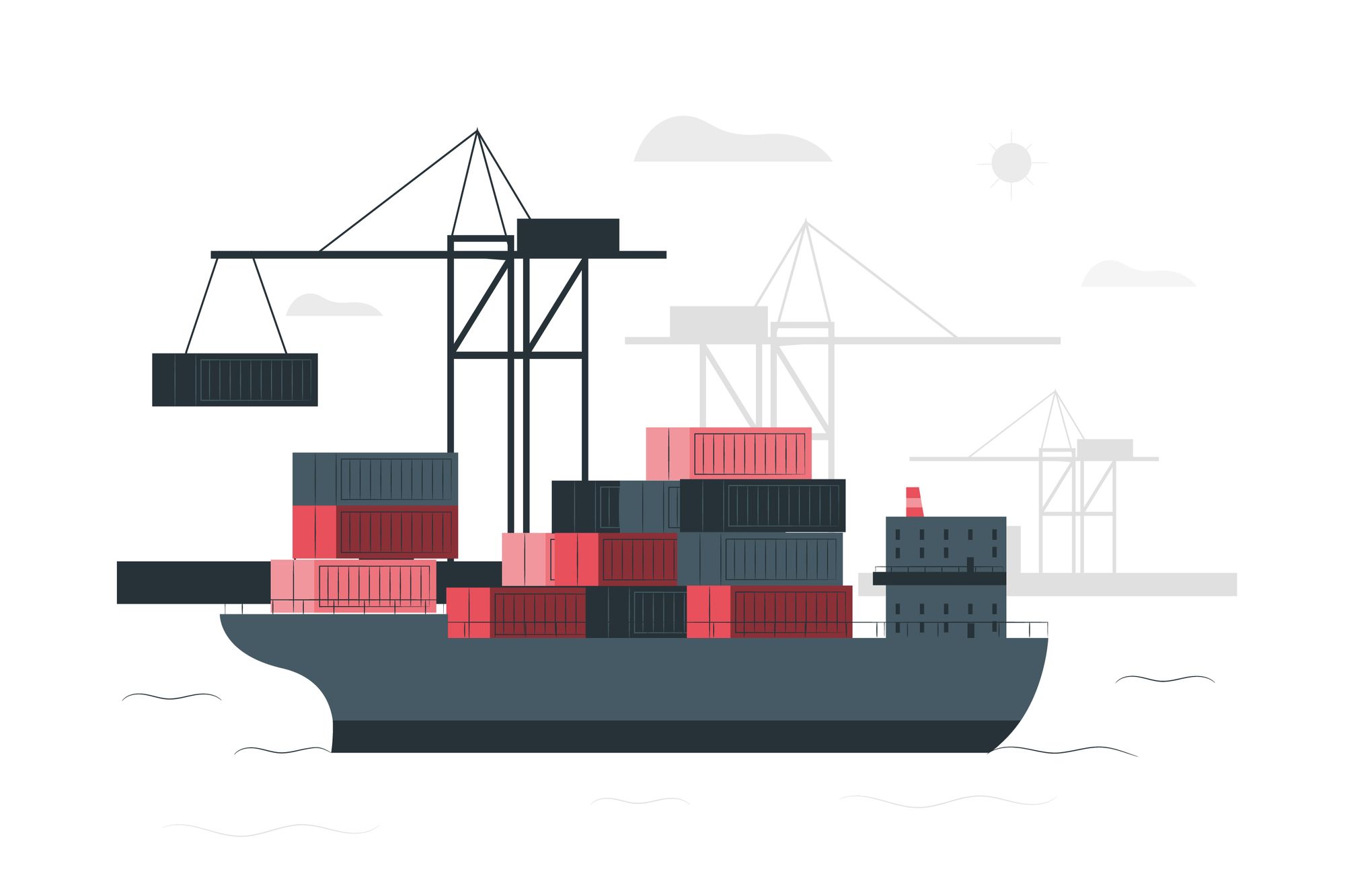Economic Impact of the Suez Canal Blockage

This post has been authored by Shrutika Joshi , Economic Analyst Intern at Arthashastra Intelligence
An extraordinary event which was never heard in the Suez canal’s history in the last 150 years. A manmade water-way was opened for trade in 1869, that witnesses around 12% of global trade. The Suez Canal is one of the most important trading routes between Asia and Europe. Today, the canal is extensively used by traders, as it is the fastest crossing from the Atlantic Ocean to the Indian ocean. The canal is said to be one source of income of the Egyptian economy because every single vessel crossing the canal is expected to pay tolls which represents income source. Geographically, the canal runs between Port Said harbour and the Gulf of Suez in Egypt. While the world was busy dealing with the pandemic, another major event took place in the history of international trade. It was a 6 days blockage in the Suez Canal which happened on 23rd March, 2021. A 20,000 tonnes heavy container ship called Ever Given was sailing through the canal, reaching Rotterdam from Tanjung Pelepas lost its directions due to heavy winds and blocked the narrow, man-made canal thereby making it almost impossible for the other vessels to move ahead. In maritime terms, it is said that the strong and unprecedented winds led to “loss of ability to steer the ship” which caused the ship to deviated and obstruct the canal. By the night of 24th March, 2021, the queue of traffic waiting to transit grown remarkably with over 200 vessels awaiting to depart. The immediate efforts were to re-float Ever Given and letting other ships to bypass. Even though it appeared easy but it took 6 days to make the canal free to sail again. Seaport advisors thought it would be a process of 48-50 hours only, little did they know that re-floating a container like Ever Given will be a tedious task and would take huge research and investment. The United States Navy made an offer to free the canal and place tugboats around Ever Given. By 29th March, 2021 which was day 6 of the blockage saw some positivity when Italian sea-tug called Carlo Mango towed Ever Given. Thanks to the ‘king tide’, Ever Given was re-floated using additional 14 tug boats. This being related to international trade, saw some major economic impacts. Few of them are discussed below. One major commodity exported and imported through water-ways is crude oil. The obstruction led to speculations about the oil prices, supply chain destructions, disturbance in overall equilibrium, rise in the freight index etc. Trade through the Canal contributes 2% of the Egypt’s GDP. Although the ongoing pandemic did impact the world in all of the aforementioned cases, this incident made the scenario worse. Crude Oil Prices – The estimates of oil and natural gas trade through the Suez Canal is about 12% of the total global trade. Oil trade is always volatile, but some minute issues can make the prices affect brutally. The blockage created a speculative feeling among everyone and the fear continued due to an unexpected delay in freeing the canal. The brent crude oil prices went from $61.96/barrel to $65.19/barrel within few days’ time in the US. The oil price had already been rising since 2020 due to geopolitical tensions in the gulf region, outbreak of COVID -19 etc. Considering the prices in March, 2020, the brent crude prices rose more than double in March, 2021. A similar scenario was observed of the crude oil used in Industrial production. More than 9% increase in crude oil prices was estimated within a single month.
References –
- FRED Economic Data. Retrieved from Economic Research : https://fred.stlouisfed.org/
- Freightos Baltic Index. Retrieved from FBX: https://fbx.freightos.com/
- Russon, M.-A. (2021, March 29). The cost of the Suez Canal blockage. Retrieved from BBC News: https://www.bbc.com/news/business-56559073
- Suez Canal Authority. Retrieved from https://www.suezcanal.gov.eg/
